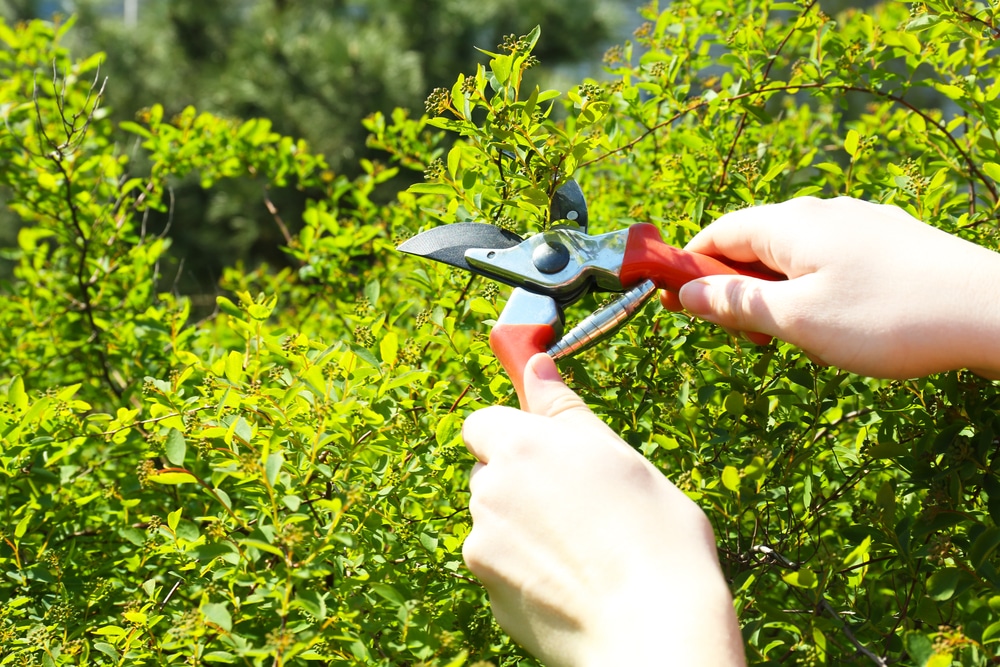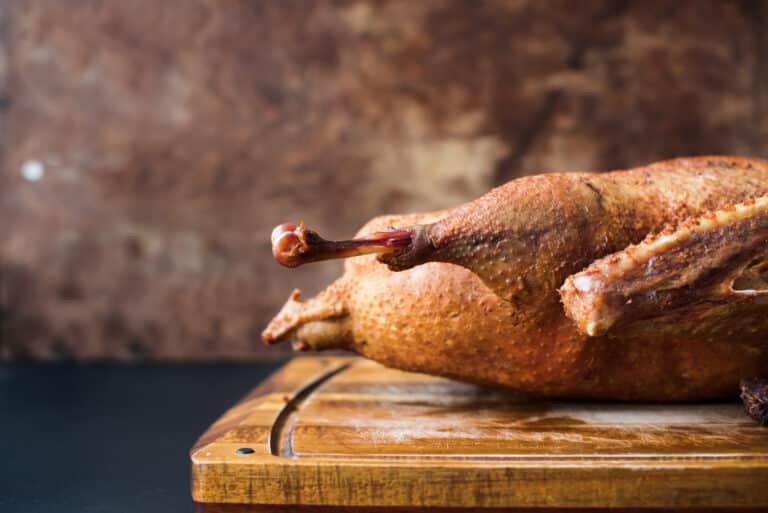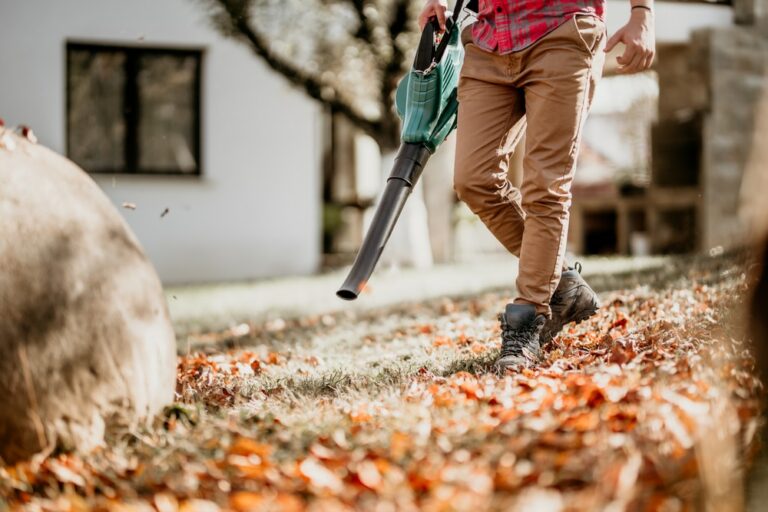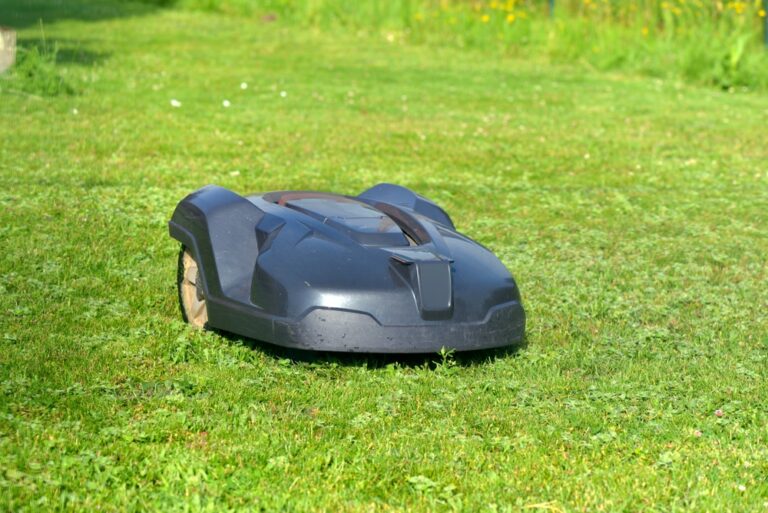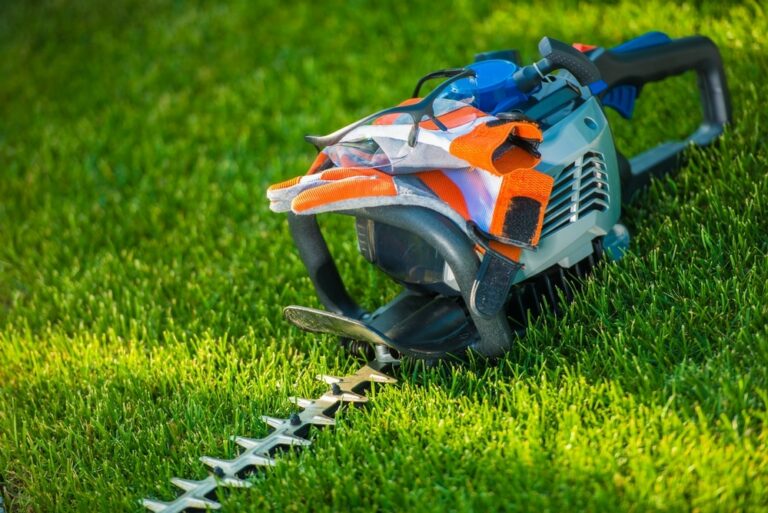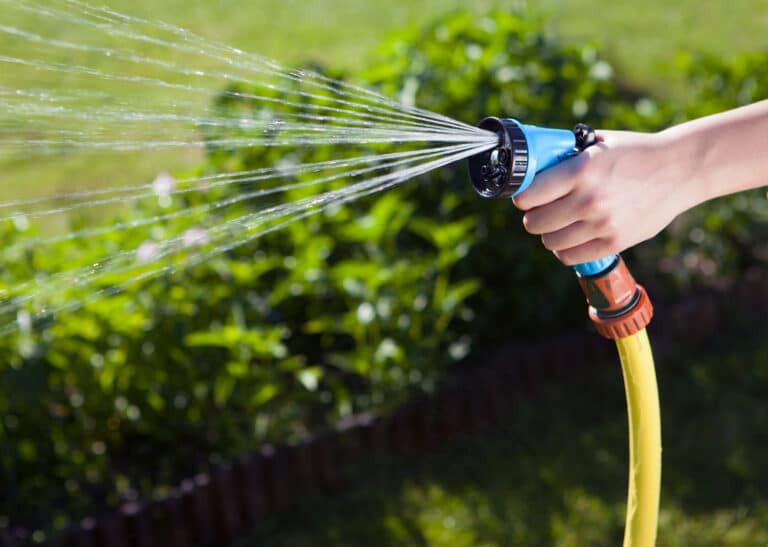Gardening is a great hobby that requires the right tools for each task. But what if you don’t know the difference between shears and secateurs? Don’t worry – we’ve got you covered. In this blog post, we’ll explain the difference between the two so that you can make an informed decision when it comes to choosing gardening tools. We’ll also cover their benefits, how to choose the right tool for your needs, and provide some maintenance tips so that your gardening tools stay in top shape. So let’s get started on understanding the difference between shears and secateurs once-and-for-all.
Table of Contents:
- What are Shears and Secateurs?
- The Benefits of Shears
- The Benefits of Secateurs
- How to Choose the Right Tool: Shears vs Secateurs
- Maintenance Tips
- FAQs in Relation to the Difference Between Shears and Secateurs
- Conclusion
What are Shears and Secateurs?
Shears and secateurs are two essential tools for any gardener. Shears, also known as pruning shears or hand pruners, are used to cut through small branches and twigs. They have a curved blade that is designed to make precise cuts without damaging the plant. Secateurs, on the other hand, are used for cutting thicker branches up to 1 inch in diameter. They have a straight blade with an angled tip which allows them to get into tight spaces and make clean cuts without tearing the bark of the branch.
When it comes to choosing between shears and secateurs there are several factors that need to be taken into consideration, such as the size of the job at hand, the type of material being cut (woody or soft), sharpness of blades etc. For smaller jobs like trimming hedges or deadheading flowers shears will do just fine but if you’re dealing with larger branches then secateurs may be necessary due to their increased strength and ability to make cleaner cuts through tougher materials.
The right tool can also help reduce fatigue when gardening so it’s important that you choose one that fits comfortably in your hands and is easy enough to use without straining yourself too much over long periods of time – especially if you’re working on bigger projects. If possible try out different models before making your purchase so you can find one that suits your needs best.
Shears and secateurs are both great tools for pruning, but each has its own unique features that make it more suitable for certain tasks. In the next section, we’ll explore the benefits of shears in more detail.
The Benefits of Shears
Shears are a type of gardening tool used for trimming hedges and shaping shrubs. They have long, curved blades that allow you to make precise cuts with ease. Shears can be used to create intricate shapes or smooth lines in your garden, making them an invaluable tool for any gardener.
The first benefit of shears is their precision. Unlike other tools such as hedge trimmers, shears allow you to get into tight spaces and make precise cuts without damaging the surrounding foliage. This makes them ideal for creating intricate shapes or neat edges around plants and bushes in your garden.
Another advantage of using shears is their versatility. Not only can they be used on hedges and shrubs but also on trees, vines, grasses, flowers, and even vegetables. This means that you don’t need to buy multiple tools for different tasks; one pair of shears will do it all.
The third benefit of using shears is their durability. As long as they are properly maintained (which includes regular sharpening), a good quality pair of shears should last many years before needing replacing – saving you money in the long run.
Shears offer a great way to prune and trim plants with ease, making them an essential tool for gardeners. Secateurs, on the other hand, provide precision cutting that is perfect for smaller branches and stems. Let’s take a look at the benefits of secateurs in the next section.
The Benefits of Secateurs

Secateurs are a type of garden tool used for pruning small branches and stems. They have a curved blade that can be opened and closed with one hand, making them easy to use. Unlike shears, which are designed for cutting larger branches, secateurs are better suited for precision work on smaller plants and shrubs.
The blades of secateurs are sharpened at an angle so they can easily cut through the stem without damaging it or tearing away any bark. This makes them ideal for trimming back dead or diseased growths as well as shaping hedges and topiary plants. Secateurs also allow you to make precise cuts in tight spaces where shears would not fit.
Another advantage of using secateurs is that they provide more control over the size of your cuttings than shears do. With shears, you may end up taking off too much material if you’re not careful; however, with secateurs you can make exact measurements before each snip so there’s less risk of over-pruning your plants.
Secateurs offer a variety of benefits, from their lightweight design to their easy-to-use blades. With the right knowledge and guidance, you can find the perfect pair of secateurs for your gardening needs. Now let’s look at how to choose the right tool for your garden.
How to Choose the Right Tool: Shears vs Secateurs
Choosing the right tool for your gardening job can be a tricky task. Whether you’re pruning, trimming or cutting back shrubs and trees, it is important to know which tool is best suited for the job.
What’s the Difference?
Shears are typically used for larger jobs such as trimming hedges or cutting back shrubs and small trees. They have long handles that allow you to reach further into dense foliage and thick branches with ease. Shears also come in various sizes depending on how much power you need from them – from smaller handheld models up to large motorized shears.
Secateurs, on the other hand, are designed specifically for precision work such as deadheading flowers or snipping off twigs and stems of plants without damaging their delicate structure. These tools usually feature shorter handles but offer more control over your cuts due to their curved blades which make it easier to get into tight spaces around leaves and stems.
Which Tool Should I Use?
When deciding between shears and secateurs, consider what type of job you’ll be doing most often – if it involves larger branches then go with shears; if it requires more precise cuts then opt for secateurs instead. It’s also worth noting that some types of shear come with interchangeable blades so they can be used both as regular shear (for thicker branches) and secateurs (for finer work).
In terms of maintenance, both tools require sharpening regularly in order to keep them performing at their best. Use a sharpening stone or file specifically designed for garden tools when doing this task. Additionally, always store your tools away safely after each use in order to avoid any accidental damage caused by moisture build-up or rusting blades over time.
Now let’s move on to maintenance tips so that your tools will last longer.
Maintenance Tips
When it comes to maintaining your shears and secateurs, there are a few simple steps you can take to ensure they stay in top condition.
Sharpening:
Regular sharpening is essential for keeping your tools in good shape. It’s best to use a whetstone or diamond file specifically designed for sharpening shears and secateurs. Start by cleaning the blades with an old toothbrush before lightly running them over the stone at a 15-degree angle until they’re nice and sharp.
Storage:
After each use, make sure you clean off any dirt or debris from the blades of both tools before storing them away safely out of reach of children. You should also avoid leaving them outside where they could be exposed to moisture which can cause rusting. A toolbox or shed is ideal for storage but if space is limited then wall hooks will do just fine too.
Lubrication:
To keep your shears and secateurs working smoothly, it’s important that you lubricate their moving parts every now and again using oil such as WD40 or vegetable oil – this will help prevent corrosion as well as make cutting easier on tougher materials like woody stems. Simply apply a few drops onto the pivot points (where two pieces meet) after wiping away any excess dirt first with an old cloth.
Rust prevention is paramount in the upkeep of your garden tools, so make sure to dry off any wet blades before storing them away. Even if only one blade has been exposed to water, both should be dried together as this will help prevent uneven wear due to unequal pressure being applied during use. Furthermore, applying light machine oil onto metal surfaces periodically can also protect against rusting; however, it is important not to get any near plastic handles.
Overall, taking care of your shears and secateurs doesn’t take up much time but doing so regularly will help extend their lifespan significantly while ensuring optimal performance when trimming plants around the garden.
FAQs in Relation to the Difference Between Shears and Secateurs
Are pruning shears and secateurs the same?
No, pruning shears and secateurs are not the same. Pruning shears are typically used for cutting stems or branches up to 1/2 inch in diameter while secateurs are designed for cutting thicker branches of up to 3/4 inch in diameter. Secateurs also have a curved blade which makes them better suited for making precise cuts around plants with thick woody stems. Both tools can be used for trimming shrubs and hedges but it is important to use the right tool depending on the size of the branch you need to cut.
Do British people call scissors shears?
Yes, British people do call scissors shears. Shears are a type of scissors that have two blades with handles and are used for cutting materials such as cloth or paper. In the UK, shears is often used interchangeably with the word “scissors”. The term is also commonly used to refer to large garden tools such as hedge trimmers and grass shears. It’s important to note that while both terms can be used in the same context, there are subtle differences between them; typically, shears refer to larger versions of scissors which require more force when using them.
Conclusion
When it comes to garden tools, shears and secateurs are two of the most important pieces of equipment you can have. Knowing the difference between them is key to getting the job done right. Shears are great for trimming hedges and edging lawns while secateurs offer precision cutting for more delicate tasks. With proper maintenance, both tools will last a long time and help make your gardening experience easier and more enjoyable. So remember: when it comes to understanding the difference between shears and secateurs, knowledge is power.

